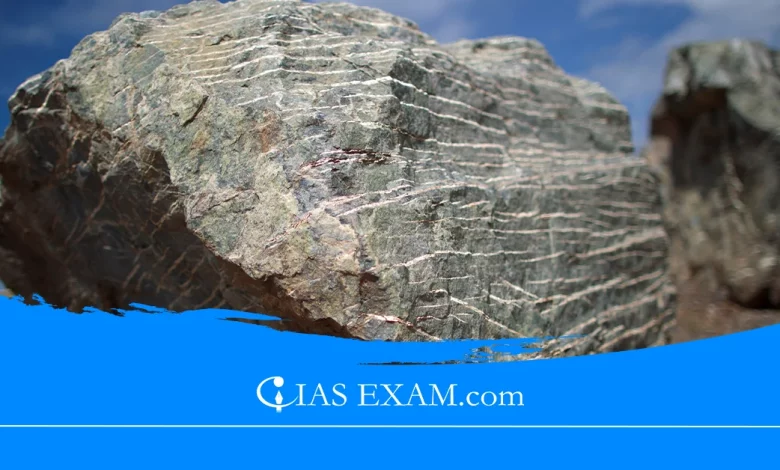
Context
In March 2024, the US eventually established the ban and banned chrysotile asbestos/White Asbestos in order to step into the network of global movements to save human lives. It is another cornerstone of the Biden Administration’s fundamental association concerning health that emerges after the renewal of the Toxic Substances Control Act .
About White Asbestos
- White asbestos or chrysotile is the most common scientifically.
- White asbestos is a naturally occurring fibrous mineral that has wide application due to its stiffness, good endurance to high temperature, and a good insulating function.
- White asbestos fibres were very soft and flexible and were used in many applications, starting from the roofing materials, textile, cement, and they were even used in automobile production such as brake lining . However, it was proven that chrysotile asbestos was a carcinogenic material.
- Its fibres could easily enter humans’ lungs and get stuck there, provoking deadly diseases c with mesothelioma, lung cancer, and asbestosis among them.
- Thus, in many countries, any kind of asbestos, including chrysotile, would be banned or restricted because of the critical risks they carried. However, it was the responsibility of the authority to completely ban white asbestos, which they eventually did.
- Chrysotile was dangerous for humans, but many enterprises used it because of its effectiveness.
- This fact proves that the United States continuously worked with chrysotile even after it was deduced that it was harmful and only decided to ban it in 2024 . Therefore, the ban of white asbestos was a global recognition of its extreme danger to the public.
Negative Impacts of White Asbestos on Human Health
- Chrysotile asbestos, or white asbestos, is harmful to human health when inhaled.
- Mesothelioma is a cancer that typically occurs in the lining of the lungs or abdomen. It is uncommon but very aggressive, and nearly all instances are caused by exposure to asbestos fibres.
- Lung cancer develops as a result of asbestos exposure, but the danger is significantly higher when coupled with cigarette smoking. A long-term lung disease caused by asbestos in the lung is known as asbestosis.
- The lung tissue is scarred by inhaling asbestos fibres, which takes place over several years .
- In addition to mesothelioma, ovarian and larynx cancer are theoretical asbestos exposure causes.
- Asbestos exposure can result in pleural plaques and pleural thickening.
- The mechanism of the specific result in the immune system is unclear. Still, the immune system’s effects are less well understood than those of physical lungs and pleural tissues.
- However, diagnosis of asbestos-related diseases is challenging because the disorder may take over a decade to reveal its presence and the early symptoms are non-specific.
- Therefore, the cancer diagnosis is generally too late because the disease has already progressed. For these reasons, many countries have either outlawed or extremely restricted its use.
Conclusion
The U.S. ban on white asbestos, a major step in public health protection, reflects the increasing global recognition of the material’s severe health risks. This action, aligning with international health and safety standards, prioritises the health and wellbeing of the population over industrial use of a hazardous substance. It signifies progress in regulatory approaches to balancing economic interests with the imperative to protect public health from known carcinogens.
Source: Down to Earth
UPSC Mains Practice Question
Q.“Analyse the implications of the widespread use of chrysotile, commonly known as white asbestos, in various industries, despite its known health hazards. Discuss the steps taken globally and by India to mitigate the risks associated with asbestos exposure” [250 Words]





.png)



